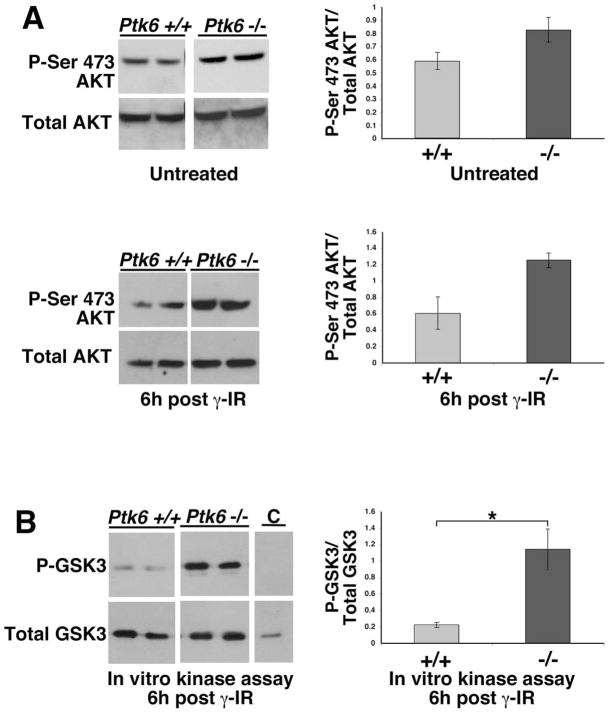Figure 4. AKT activity is increased in PTK6-deficient mice after irradiation.
(A) AKT expression and activation (phosphorylation of Ser 473) was examined by immunoblotting using total tissue lysates from small intestines of Ptk6 +/+ and Ptk6 −/− mice at 0 and 6 hours after whole-body γ-irradiation (γ-IR). (B) AKT activity was determined using in vitro kinase assays. Endogenous AKT was immunoprecipitated from lysates analyzed in (A) with immobilized AKT antibody, and incubated with purified recombinant GSK-3 and ATP in kinase reaction buffer. Reactions were stopped at 0 (control or C) and 30 minutes and subjected to immunoblotting with phospho-GSK-3β and total GSK-3β antibodies. Increased AKT kinase activity was detected in lysates prepared from mice deficient for PTK6 (*P-value = 0.036).

